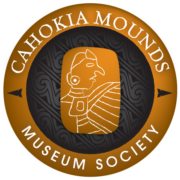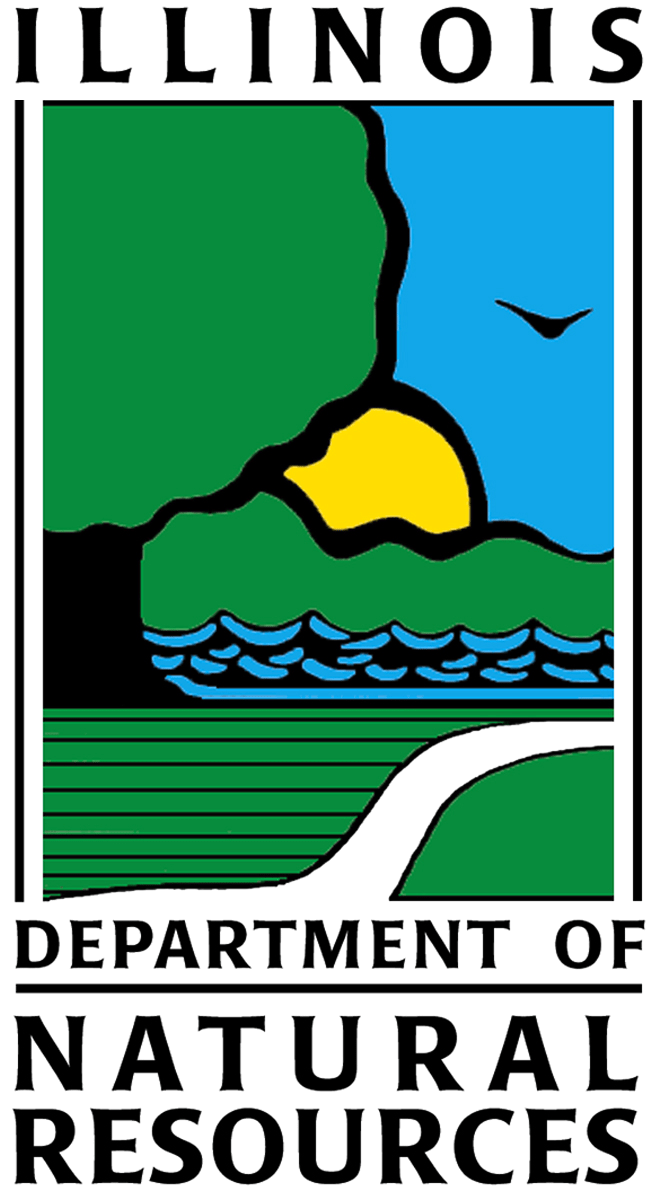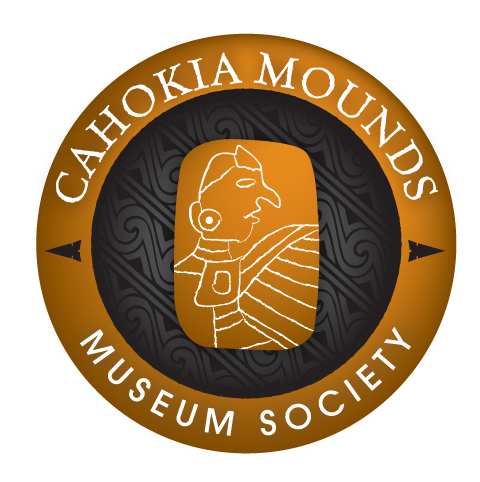Mounds 82 and 83
Moorehead shows two small mounds just west of the Harding or Rattlesnake Mound (Mound 66) that he numbers 82 and 83. These are visible in the contours today only as slightly higher elevations. Moorehead conducted excavations in these mounds, which he describes as follows:
a single north-south trench was cut through both and across the narrow neck of low land lying between them. This trench was approximately four feet wide, and was sunk to the yellowish water-bearing gumbo below the mounds, with a maximum depth of five and one-half feet at the apices of the mounds and slightly more than two feet through the strip of ground between them. Midway between them, however, the trench was put down to a depth of four feet in order to examine any changes in formation that might appear, but the yellowish gumbo persisted and water prohibited deeper work. The upper twelve inches of both mounds was a loose, dark, and very sandy loam in which, on the north mound [Mound 83], three very small fragments of pottery were found. Under this, heavy black gumbo prevailed, changing in color as greater depths were reached and blending gradually into the yellowish and extremely wet formation already mentioned. No evidences of stratification or disturbed earth were found. Two small sherds and a half a dozen unworked flint spalls were picked up on the northeast slope of the south mound [Mound 83], but no remains whatever were found in the trench. Prior to the trenching, both mounds were thoroughly tested with thirty inch steel probes. [Moorehead 1929: 84-85]
Recent aerial photographs suggest that Mound 66 is completely surrounded by low, small mounds such as 82 and 83. They show up only as white spots on the aerial photographs, although their intensity on some photographs is similar to Mounds 82 and 83.




